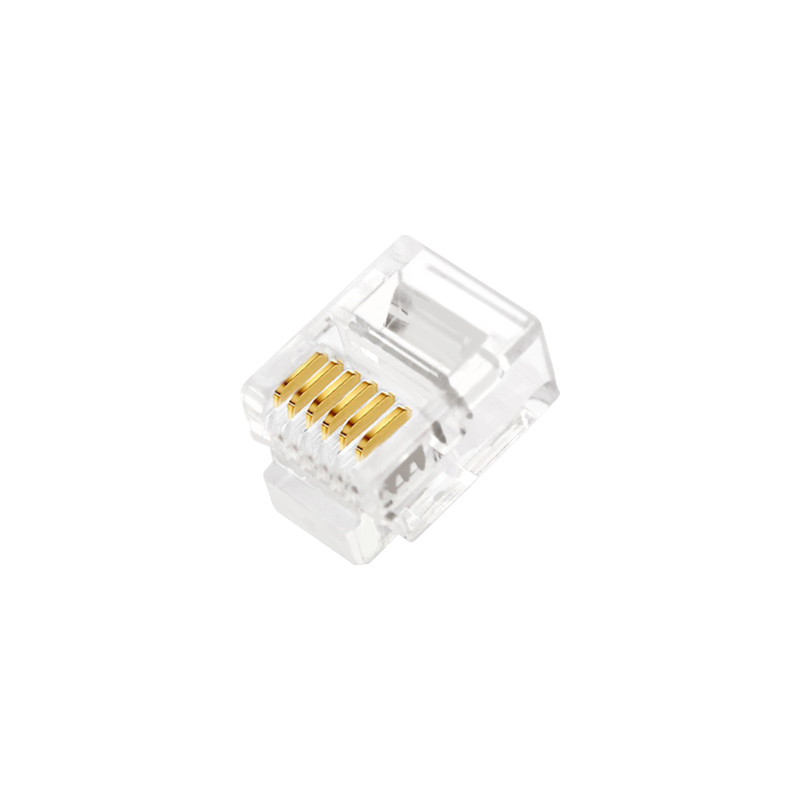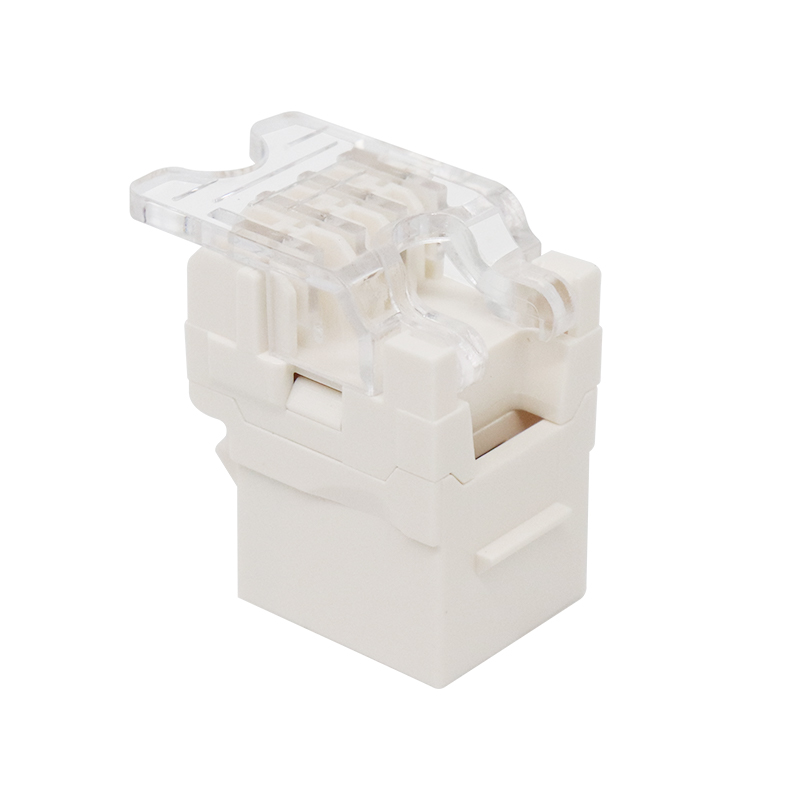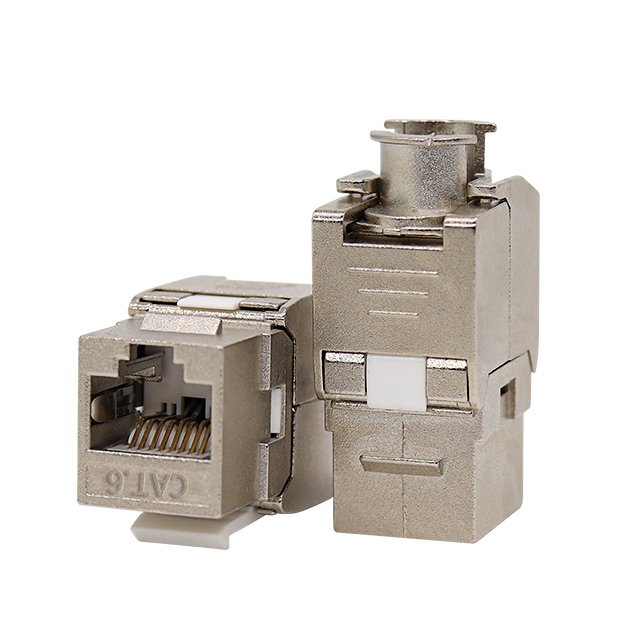How do the design and standards of network Keystone Jacks affect the stability and transmission speed of network connections?
2024-11-04
As a commonly used network connection component, the network Keystone Jack is widely used in offices, homes, data centers and other environments. It not only undertakes the task of connecting network devices, but also directly affects the stability and transmission speed of network connections. The design and standards of Keystone Jacks have a crucial impact on these performances. This article will explore how the design elements and standards of network Keystone Jacks affect the stability and transmission speed of network connections, helping users to better select and use this important network component.
1. The impact of Keystone Jack design on network connection stability
The design of network Keystone Jacks determines whether it can effectively connect network cables and ensure the stability of data transmission. Several key elements of its design include:
(1) The quality of the socket contact point
The contact point inside the Keystone Jack is responsible for connecting the wire of the network cable to the socket. If the quality of the contact point is poor, it may cause poor connection or signal loss, thereby affecting the stability of the network. High-quality Keystone Jacks are plated with gold or other wear-resistant materials to ensure that the contact point has good electrical conductivity and oxidation resistance, thereby avoiding signal interference and unstable connection.
(2) Wire fixing design
Keystone sockets usually use blade or pin designs to fix the wires in the network cable. These wire fixing designs directly affect the contact stability between the network cable and the socket. If the fixation is not firm, the wire is easy to loosen, resulting in poor contact and affecting the stability of data transmission. Modern Keystone sockets are usually designed with more advanced fixing mechanisms, such as stamping or spring locking methods. These designs can effectively ensure the stable connection of the wires and reduce signal loss and interference.
(3) Socket shell and anti-interference design
The shell design of the Keystone socket is not only related to its durability, but also closely related to its anti-interference ability. Sockets with metal shells or shielding designs can effectively prevent external electromagnetic interference (EMI) and maintain signal stability. For some environments with high requirements for network stability (such as industrial areas or around high-frequency equipment), Keystone sockets with good shielding design can significantly improve the stability of the network.
2. The impact of Keystone socket standards on network transmission speed
The speed of network transmission mainly depends on the quality of network wiring, and the standard of Keystone sockets directly affects its compatibility and performance with network cables and other network equipment. The main influencing factors include:
(1) Socket standards (such as Cat5e, Cat6, Cat6a, Cat7, etc.)
Keystone sockets adapt to different network requirements according to different standards, such as Cat5e, Cat6, Cat6a and Cat7. The main difference between these standards is the maximum transmission rate and bandwidth supported.
Cat5e standard: supports a network transmission rate of up to 1000Mbps, suitable for general homes or small offices.
Cat6 standard: supports higher bandwidth and transmission rate (maximum 10Gbps, supports 250MHz frequency), suitable for larger network environments.
Cat6a and Cat7 standards: support 10Gbps transmission rate, while having better anti-interference ability and higher bandwidth requirements, suitable for data-intensive applications.
Using standard Keystone sockets can ensure that the network transmission speed and bandwidth are fully utilized. If the socket standard used is lower than the standard of the network cable itself, it may cause a bottleneck in the transmission rate and affect network performance.
(2) Transmission frequency and bandwidth of the socket
The design standard of the Keystone socket includes the maximum frequency and bandwidth supported. For example, Cat6 sockets support 250MHz frequency, while Cat7 sockets support higher frequencies. Frequency and bandwidth are key factors in determining network transmission rates. High frequency means more data can be transmitted through the socket per unit time, so a Keystone socket that supports high frequency can provide faster network speeds and meet the needs of higher data traffic.
(3) Socket compatibility and network cable matching
The standard of the network Keystone socket is directly related to the type of network cable. If the network cable standard and socket standard do not match, performance degradation or data packet loss may occur. For example, using a Cat6 standard network cable to connect to a Cat5e standard Keystone socket, although it can still work normally over a short distance, the network performance may be limited over a longer distance or under high load. Therefore, ensuring that the socket matches the network cable standard is the basis for ensuring network transmission speed.
3. Comprehensive consideration: socket design and standard selection
When selecting a Keystone socket, in addition to considering its design and standards, it is also necessary to make a comprehensive assessment based on actual needs. For home users or small offices, Cat5e standard Keystone sockets are usually sufficient to meet daily needs; for environments with high bandwidth requirements such as large enterprises or data centers, Cat6 or Cat6a standard sockets are recommended to support higher transmission rates and larger data flows.
In addition, the consideration of the installation environment cannot be ignored. In an environment with more electromagnetic interference, a Keystone socket with good anti-interference design and shielding function should be selected to maintain the stability of the network connection.
cooperate with PUXIN?
Contact us to find out how our products can transform your business and
take it to the next level.
















